Despite its well-known attachment to tradition and custom, the Canadian construction industry is slowly changing how it thinks about and does things.
Michael Geller, a Vancouver architect, developer and self-described construction futurist, says the line-up of presentations at Buildex Vancouver 2020 shows how the industry is modernizing.
“We’ve reached the tipping point for new ideas, new building methods and new products,” said Geller.
At the same time, he says, construction still has a way to go.
“Imagine if cars were built like houses,” said Geller. “One day, sheets of steel arrive on site for metal workers to cut and weld in the rain. Wheels show up, but unfortunately, the axle installer is sick so they are left lying around. Rolls of vinyl for the seats are delivered, but that installer is delayed because of an accident on the Second Narrows Bridge.”
One of the new construction methods the industry is adopting is prefabrication, the topic of a workshop by Vancouver Island consultant Mark Taylor.
“I’ll be covering where to look for opportunities to prefabricate, and then some of the considerations the industry needs to think about,” he said. “This will involve not only construction planning but also how the design process is affected, and the impact on project financing.”
Taylor says his presentation will look at not only the benefits of off-site construction, but also its drawbacks and challenges.
There are opportunities for prefabrication on every project, he says, although they vary with the type of building.
“On a smaller retail tenant improvement fit-out, prefabrication might come down to individual trades pre-assembling some of their scope off-site,” said Taylor. “But on a hotel or student residence, where there are multiple repeats of identical rooms, in theory 90 per cent of the building could be built off-site using modular construction.”
Taylor says he foresees the day when prefabrication becomes more common.
“Building ahead of time in a factory removes many of the variables that exist on a construction site, such as weather, materials, labour consistency, tools and site access,” he said.
In her presentation on retrofitting existing buildings, Rita Melo Reuss will discuss how to make old structures young again.
Melo Reuss, an architect with Manasc Isaac in Edmonton, is a proponent of a concept called Reimagine.
Based on the idea that the greenest building is the one that already exists, Reimagine transforms existing buildings into sustainable and healthy spaces.
“The buildings that were constructed in mid-20th century are getting old and becoming less attractive,” said Melo Reuss. “We have a choice: Do we patch them up until it’s time to tear them down and replace them with new ones? Or do we Reimagine them?”
Reimagine uses the expertise of architects, engineers and builders to renovate existing buildings.
“The technique goes beyond traditional renovation solutions,” said Melo Reuss.
Her presentation will illustrate the Reimagine principle with three successful retrofit projects in the Edmonton area: Memorial Composite High School, Servus Credit Union and WSP Place.
“Many of the buildings that were constructed in mid-20th century are good candidates for retrofit,” said Melo Reuss. “Although their mechanical and electrical systems are outdated, because little attention was paid to energy use then, they have good bones – a solid structure.”
The answer to many of the challenges faced by the Canadian construction industry is wood, both wood frame and heavy and mass timber, says Peter Moonen, national sustainability manager of the Canadian Wood Council.
“Although regulatory and code changes provide opportunities for new uses and applications of wood, there is also a need to show the design, construction and regulatory sectors how to use wood,” he said.
Moonen says there are good reasons to build with wood: Safety (wood buildings, meet, and in some cases, exceed the safety requirements of the Building Code); strength; sophistication (R&D is constantly expanding the number of wood applications); and sustainable (wood is the only renewable building material).
The Canadian Wood Council provides technical and knowledge transfer services relating to building codes, standards and regulations.
“Many contractors don’t understand how to use wood as well as they should,” said Moonen. “We want to show the construction industry what each wood product can deliver and how wood, steel and concrete can be used together.”
T36 Think Outside the Site — Taking Your First Prefabrication Steps takes place Thursday, February 13; W41 Retrofitting Existing Builds and The Art of Reimagine on Wednesday, February 12; and T08 Building the Future for Heavy and Mass Timber in B.C. on Thursday, February 13.
These and other Buildex Vancouver 2020 presentations take place at Vancouver Convention Centre West.


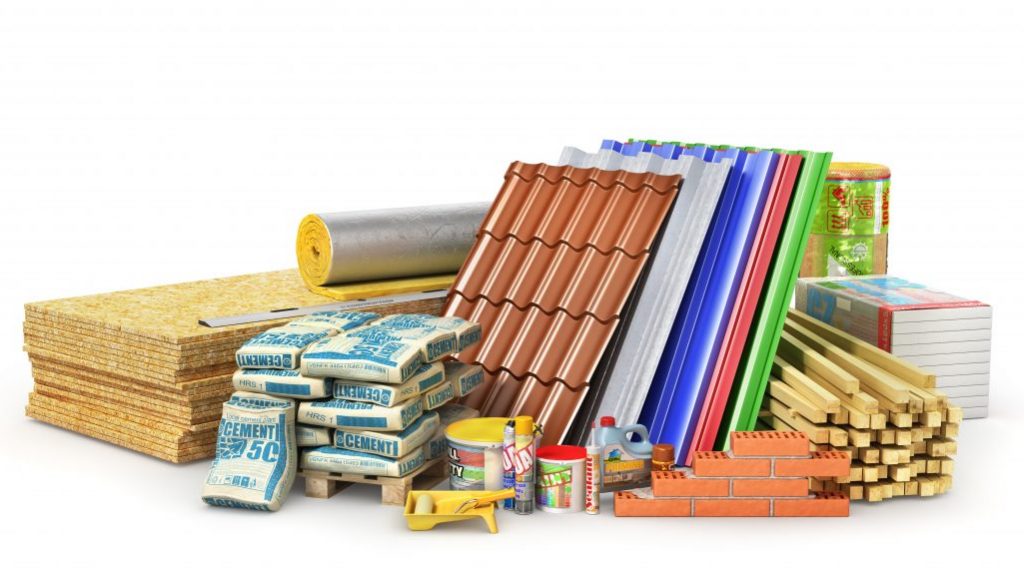
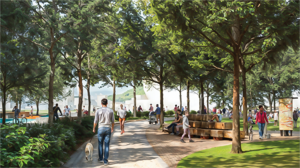
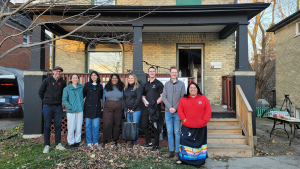
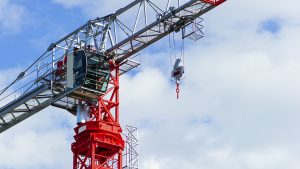

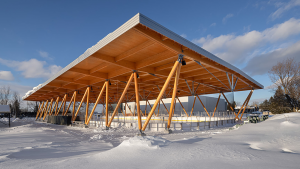



Recent Comments
comments for this post are closed